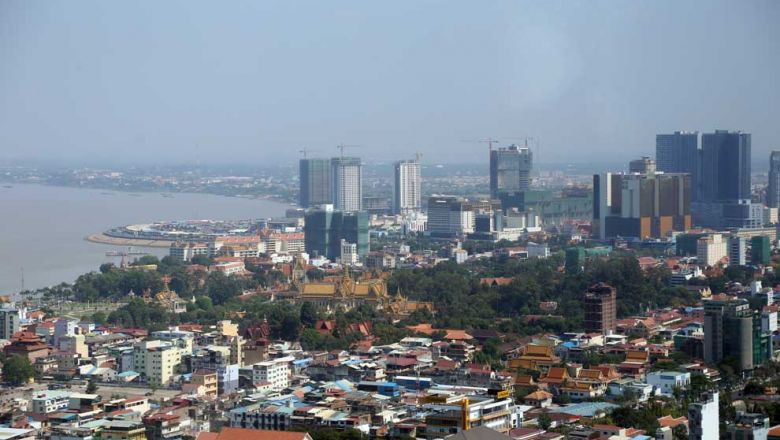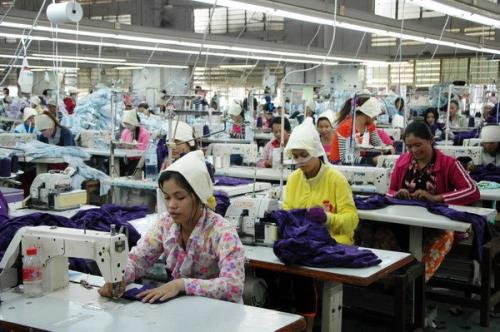IMF: Cambodia’s economic growth to be highest in Asean
IMF: Cambodia’s economic growth to be highest in Asean
Cambodia's economic growth is projected to be highest in the Asean region despite facing several challenges, the International Monetary Fund (IMF) said. 
In its latest Regional Economy Outlook published on Tuesday, the IMF predicts that the Kingdom’s economic growth will remain strong at seven per cent this year before easing to 6.8 per cent next year.
The estimates are higher than for other Asean member states with Vietnam predicted to grow 6.5 per cent this year and next – dropping from 7.1 per cent last year.
Business Research Institute for Cambodia CEO and chief economist Hiroshi Suzuki told The Post on Wednesday that external challenges provide the Kingdom with both advantages and disadvantages.
“The trade war between the US and China will only have a limited negative impact on the Cambodian economy. The conflict now makes Cambodia a very important candidate for many Chinese companies looking to sift their factories away from China.”
The report shows that Indonesia – the bloc’s largest economy – is projected to grow by five per cent this year and 5.1 per cent next year, while Thailand is expected to grow by 2.9 and three per cent.
Malaysia is projected to grow 4.5 and 4.4 per cent this year and next, Myanmar 6.2 and 6.3 per cent, Laos 6.4 and 6.5 per cent and the Philippines 5.7 and 6.2 per cent.
Brunei is projected to grow 1.8 per cent this year and 4.7 per cent next year, three and 1.9 percentage points lower than the IMF projected in April – the largest drop in projections.
Singapore’s growth is set to slow the most out of the Asean economies – to 0.5 per cent this year and just one next year, from 3.1 per cent last year.
However, Suzuki said the EU’s Everything But Arms agreement is very important for the Cambodian economy and without it, the Kingdom would struggle with regional competition.
“The garment industry in Cambodia cannot beat the trade competition in the EU. There are many strong competitors such as Vietnam and Myanmar,” he said.
According to the outlook, growth in Asia is expected to moderate to five per cent this year and 5.1 per cent next year – 0.4 and 0.3 percentage points lower than the IMF projected in April.
“Revamping infrastructure, enhancing regulatory frameworks and further opening the services sector to private investment can help raise potential growth in Asean,” the IMF said.
The Cambodian government is proactively addressing economic risks and uncertainties through a structural reform plan aimed at improving competitiveness and diversification, IMF senior economist Jarkko Turunen said last week.
He said a government project is currently in the works to address spending on job creation, human capital development and infrastructure spending.
The World Bank’s East Asia and Pacific Economic Update report released earlier this month said Cambodia’s economic outlook is facing several challenges – including the increase of credit provided to the construction and real estate sectors alongside rising indebtedness.
Suzuki said the booming real estate and construction sectors are the engines of the Kingdom’s economy.
“If investment from China is affected by the slowdown of the Chinese economy, this boom could be finished,” he said, adding that the impact could devastate the Cambodian economy.
“The government and the National Bank of Cambodia would have to take the necessary measures to mitigate the negative effect when the real estate bubble has burst.”















